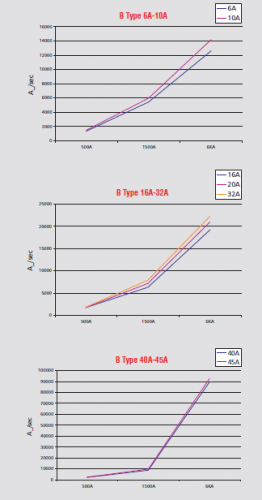

I guess the thing I'm not getting is, if there was a L-E short at the cooker outlet then the (Sk)² of the 6mm² T&E's E conductor will be sufficient to withstand the I²t of the short circuit current, while if the the short was 2m further away at the far end of the flex 2.5mm² flex, Zs is not significantly higher, so I²t remains the same, while (Sk)² is much reduced and not sufficient. I feel I'm missing something very obvious here.
We're about to take you to the IET registration website. Don't worry though, you'll be sent straight back to the community after completing the registration.
Continue to the IET registration site